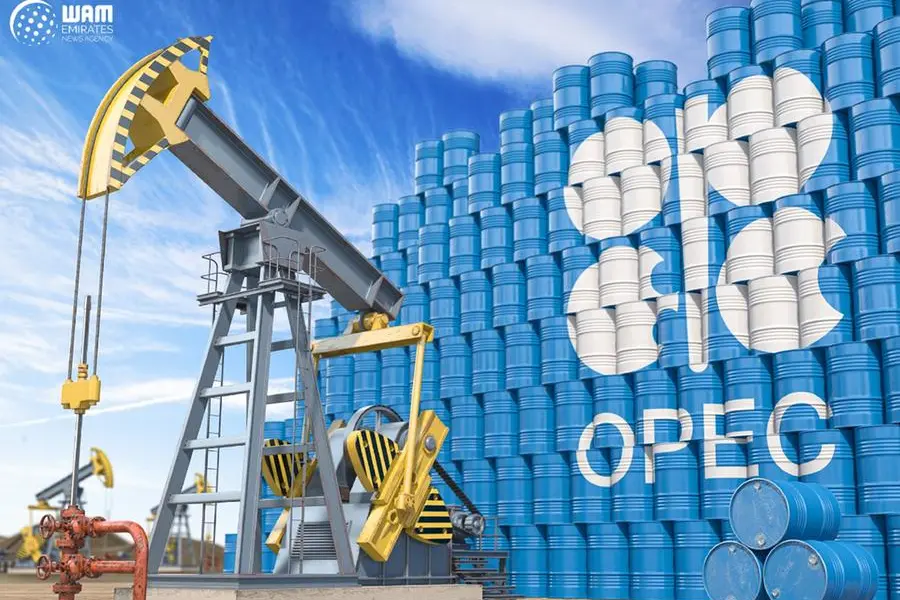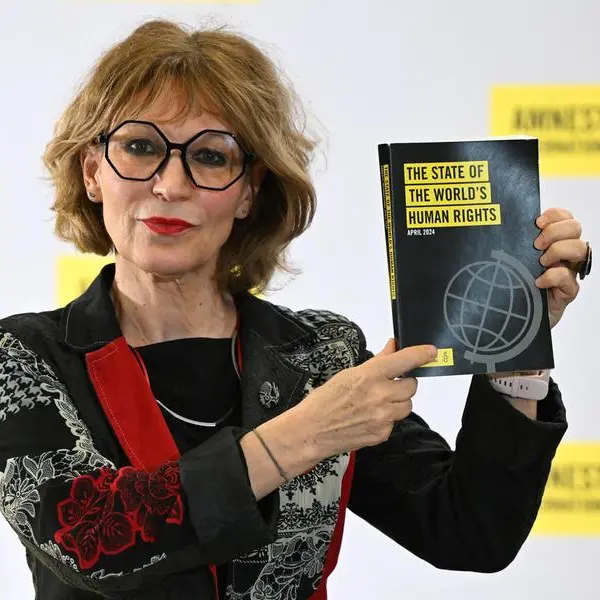PHOTO
VIENNA: OPEC today expected the world economy to more than double in size, and the global population rise by 1.6 billion between now and 2045.
This came as the Organisation of the Petroleum Exporting Countries launched its 2022 edition of the World Oil Outlook (WOO) at Abu Dhabi International Petroleum Exhibition and Conference, which opened in the UAE capital today.
First published in 2007, the WOO offers a detailed review and assessment of the medium- and long-term prospects for the global oil and energy industries to 2045.
OPEC’s Secretary-General Haitham Al Ghais, in launching the publication, said, “The WOO 2022 once again underscores the increasingly complex nature of the global oil and energy industries. It is a challenging environment, and one that requires expert analysis to help us navigate both the challenges and opportunities ahead. The WOO provides this.”
According to the WOO, the global primary energy demand is forecast to continue growing in the medium- and long-term, increasing by a significant 23 percent in the period to 2045. Globally, oil demand is projected to increase from almost 97 million barrels a day (mb/d) in 2021 to around 110 mb/d in 2045. The world needs to annually add on average 2.7 million barrels of oil equivalent a day to 2045.
Energy poverty remains an issue throughout the forecast period, with a wide gap remaining between developed and developing countries. Oil is expected to retain the largest share in the energy mix throughout the outlook period, accounting for almost a 29 percent share in 2045.
Other Renewables – combining mainly solar, wind and geothermal energy – will expand by 7.1 percent p.a. on average, significantly faster than any other source of energy, according to WOO.
Non-OECD countries drive oil demand growth, expanding by close to 24 mb/d over the forecast period, whereas the OECD declines by over 10 mb/d between 2021 and 2045.
Strong demand growth is expected to lead to a tightening medium-term downstream market relative to 2021.
The global oil sector will need cumulative investment of US$12.1 trillion in the upstream, midstream and downstream through to 2045, equating to over US$500 billion each year.
Crude and condensate flows between the Middle East and Asia-Pacific remain the most important oil trade link, with volumes increasing from below 13.5 mb/d in 2021 to 19.5 mb/d in 2045.
The Asia-Pacific region is forecast to remain the most important crude oil importing region throughout the forecast period, with imports rising by over 7.5 mb/d, said the report.












